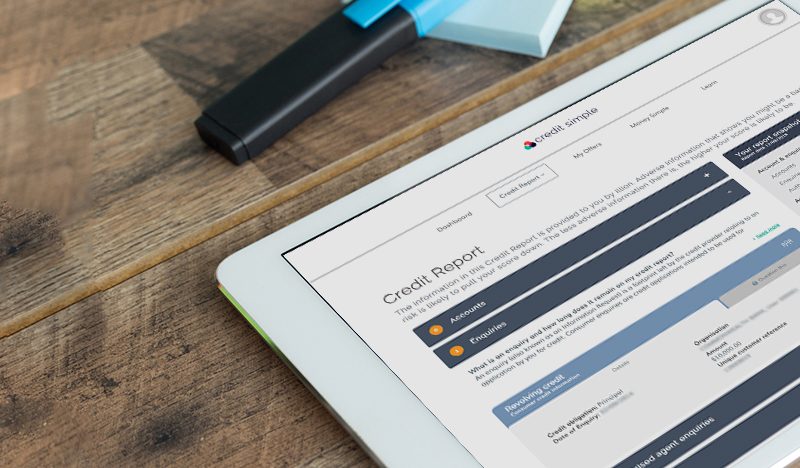What exactly is in your credit file?
Australians are making credit card purchases now more than ever. In 2017, there were over 16 million credit cards in Australia, and Australians spent a total of $315.6 billion using credit cards.
Needless to say, credit is a popular topic. However, it’s also something many Australians stress about regularly. Understanding what information is in a credit file can answer many questions related to credit woes, and Credit Simple is here to help.
The good
That’s right—there can be positive information on your credit file. Australia recently made a change to add more information to credit files, referred to as Comprehensive Credit Reporting (CCR). This new system allows lenders to view your entire credit history, including all of the good stuff you’ve done related to your credit — for example, if you paid off a credit card in full or continue to make regular, on-time payments.
This way, the positive things you’ve done could outweigh anything negative when lenders are assessing your file. Additionally, if you have only had credit for a short period of time, it can also help you to have a comprehensive report because even the small steps you’ve taken in that short amount of time will beef up your credit history.
Comprehensive credit reporting allows lenders to have a well-balanced perspective of your ability to take on new lines of credit. (Want to know more? Download our free ebook here.)
The bad
Unfortunately, there may be negative items on your credit file as well, which can lower your credit score and give lenders pause. While not always negative, information can include any current lines of credit you have and the respective credit liability information for each, and the number of loan or credit card applications you’ve submitted, which can be a negative thing if you’ve been applying too much. This includes any commercial loans you’ve applied for.
In your credit report you will also find any defaults or credit infringements, debt agreements, late payments, and any overdue fines. Keep in mind that even if you have now paid an overdue bill, lenders can still see that it was overdue previously.
If you have any joint applications, or have signed as a guarantor on a loan, these details will also show up on your report. And any credit report requests that lenders have made will show up on your file.
The rest
There will also be personal information in your credit report. This will include your name, addresses (current and previous), date of birth, and employment and driver’s licence number. ASIC recommends being wary of sites that ask for your credit card information to give you a free credit score, and to watch out for scammers who are just trying to get personal details from you.
You can find lots more information about your credit score on our site, or click here to check your credit score and see if you have a clear score.
Credit Simple
Credit Simple gives all Australians free access to their credit score, as well as their detailed credit report. See how your credit score compares by age, gender and community and gain valuable insights into what it all means.
All stories by: Credit Simple


